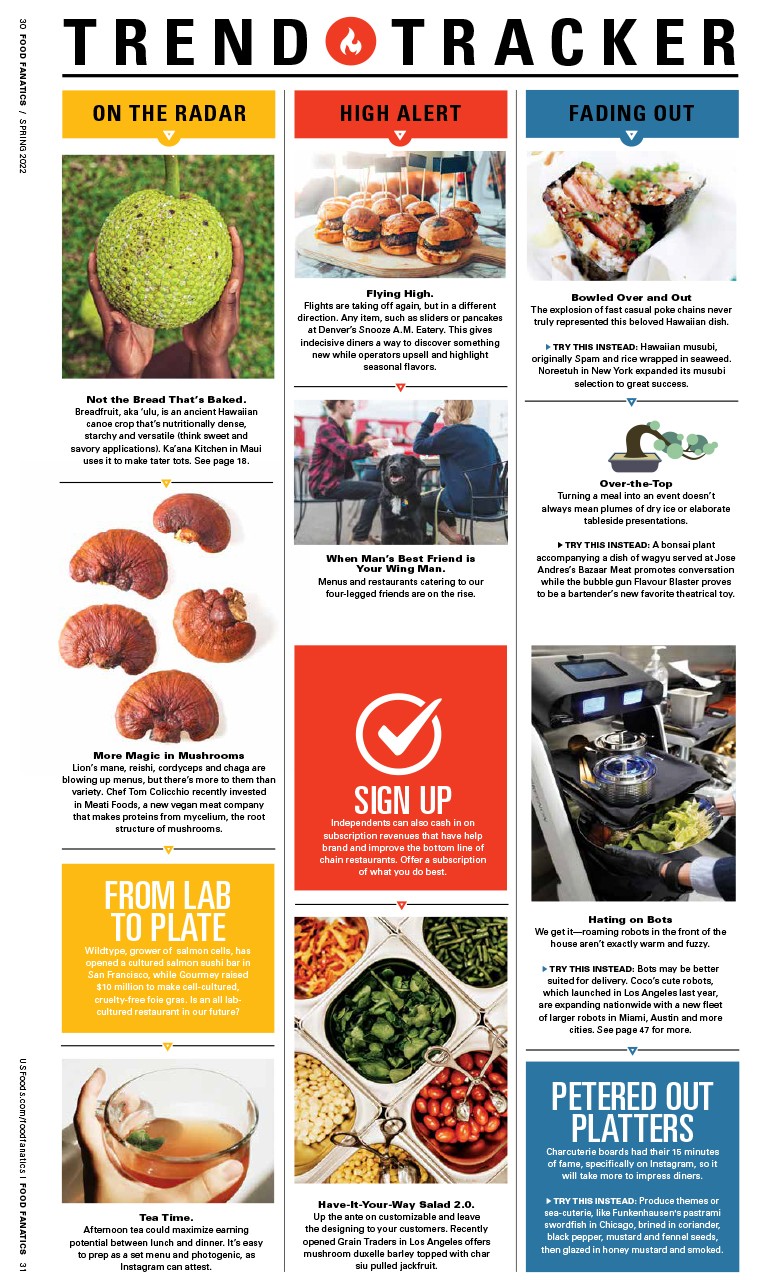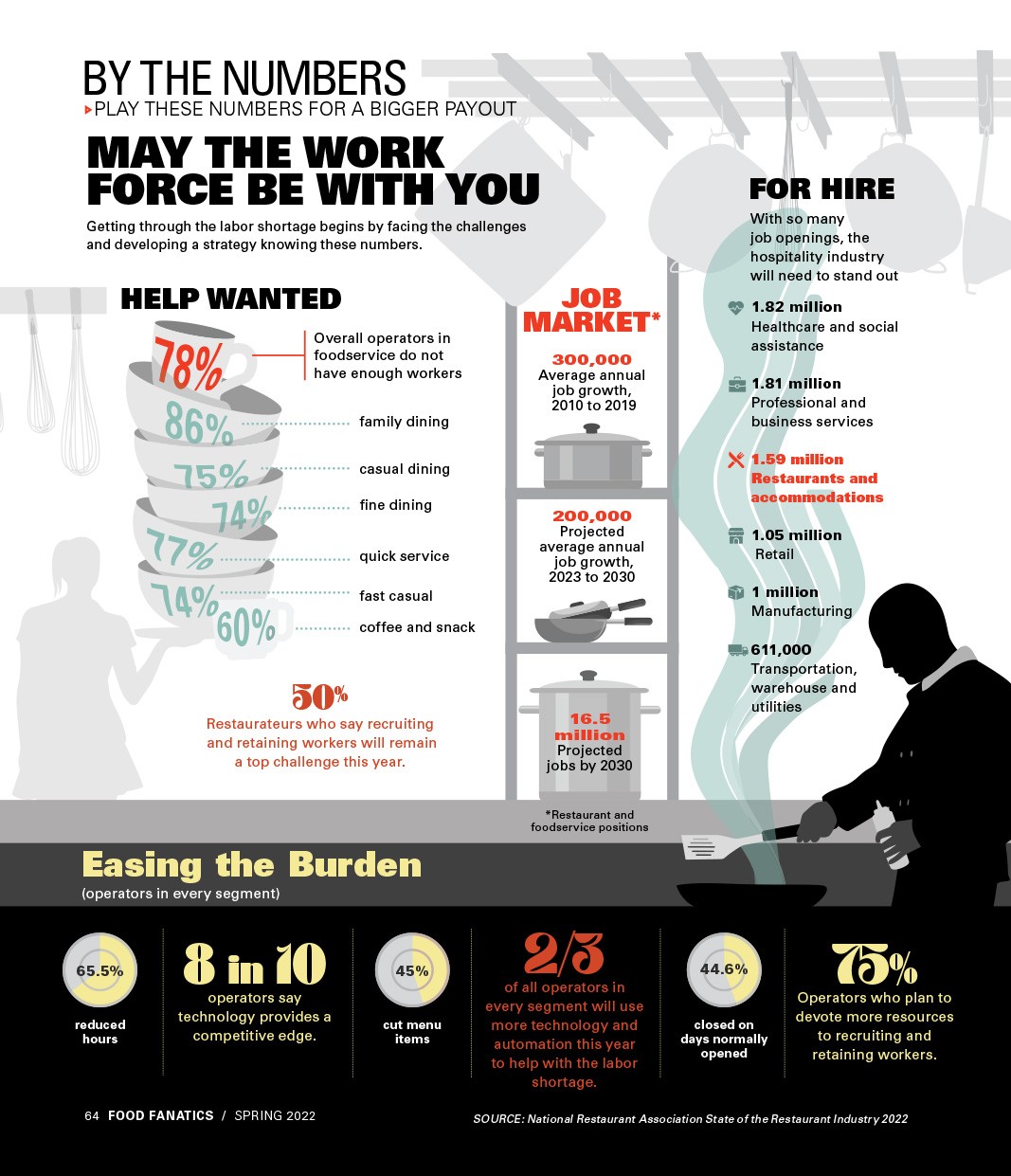On the Summit of Success
A chef/restaurateur on navigating the best and worst of times
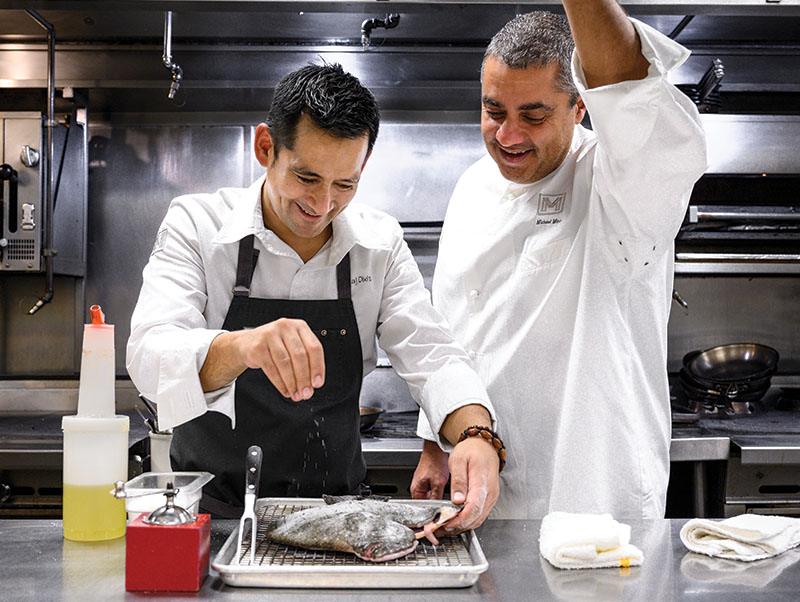 Michael Mina has the restaurant world covered, with 40 restaurants, fine dining to casual, from Hawaii to Dubai, and a surprising number of venues in Idaho. You could say this heralded chef has that world conquered, with a Michelin star, multiple James Beard awards and praise from media nationwide. But like every operator, he’s been knocked sideways by the wrath of the pandemic, struggling with many of the same challenges. Yet, the Mina Group continues to expand, opening restaurants and finding promising ways to adapt.
Michael Mina has the restaurant world covered, with 40 restaurants, fine dining to casual, from Hawaii to Dubai, and a surprising number of venues in Idaho. You could say this heralded chef has that world conquered, with a Michelin star, multiple James Beard awards and praise from media nationwide. But like every operator, he’s been knocked sideways by the wrath of the pandemic, struggling with many of the same challenges. Yet, the Mina Group continues to expand, opening restaurants and finding promising ways to adapt.
Q. Are there lessons to be learned from the worst first year? What would you say is happening now as the industry tries to move forward?
A. What we all found is that there are some similarities around the country. The price of product has gone up. Product is definitely more expensive than ever before and hard to source. Up to six months to get a stove, and even equipment has had a lot of delays, so opening a restaurant might be delayed. That’s everywhere. So you have to plan for the delays each step of the way. Be conservative about dates.
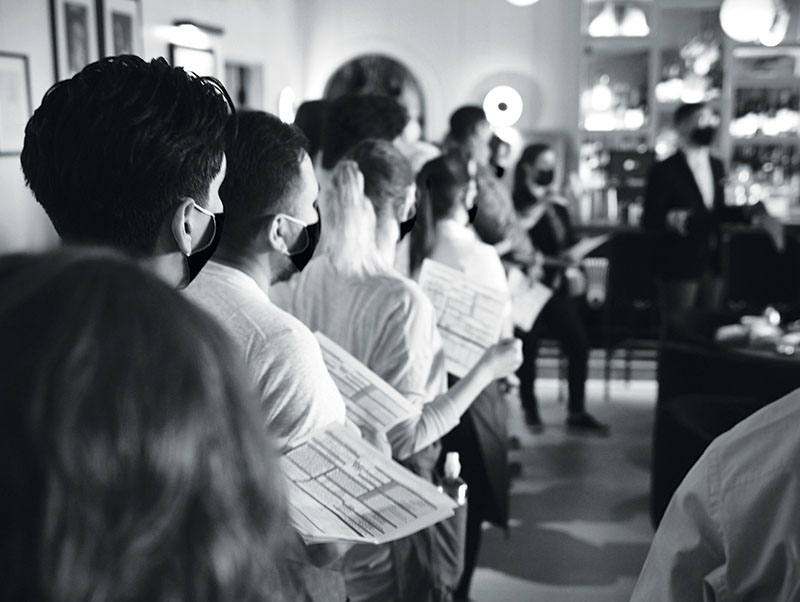
Q. How do you accommodate guests with the shortages in your restaurants?
A. We take a lot less reservations than we used to. If we normally take 200 reservations, then now we maybe take 100. If we’re fully staffed that day, we will take more walk-ins; open up the books more. People for the most part have been really understanding. Occasionally you have to do more explaining. The Bungalow Kitchen in Tiburon (California) is really hot now and guests will see tables open, but we can’t seat them. There’s a give and take and a lot of communication that goes on. If we’re sold out, we tell them to try again in the evening. Not everyone is rushing to get back inside.
Q. How do you manage any frustrations?
A. I’d say for the most part people have been pretty gracious and in all honesty, something like this is not a specific problem for Mina Group restaurants. Customers know that restaurants are dealing with more obstacles than they did before, and they’re seeing it in any restaurant they go to. But our protocol now, if there is a problem, is we immediately get management involved. No matter how much training we do for staff, we decided it’s not for them to deal with questions or issues that arise.
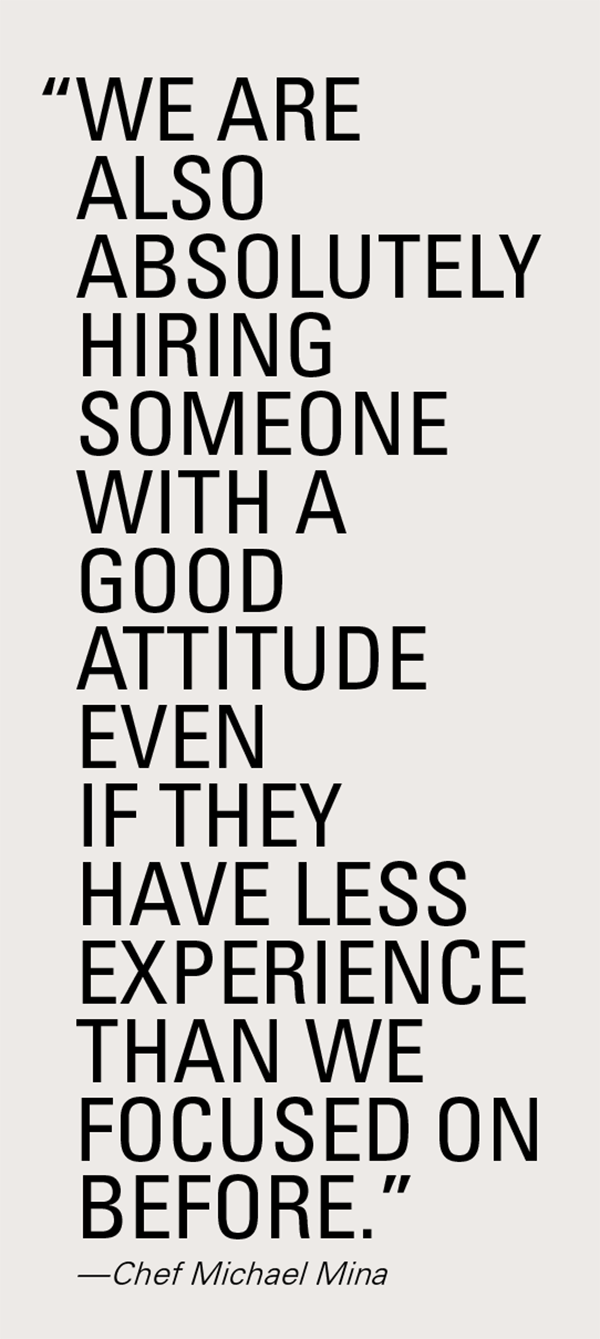
Q. Is it harder or easier to staff restaurants with your history and reputation?
A. The struggle to find staff can be difficult in the best of times, and labor has become the No. 1 problem, hands down. The biggest wild card you face every day even when you do get staff is that when people are not feeling good this year, we’ve gone from worried about COVID to even a cough or a cold that might be COVID. We used the J-1 program as well with employees from other countries, and that has started up again. We partner with a lot of hotels (we’re in 20).
Q. How do you get people to apply?
A. One thing is we’ve had to up our wages. We’ve always loved getting referrals from employees, and now we have upped our referral bonus a lot. We are also absolutely hiring someone with a good attitude, even if they have less experience than we focused on before.
Q. Once you’ve hired, how do you get staff to stay?
A. You can motivate people with raises, but the best way is really a career path and giving them an education. We’re offering more learning and development than we’ve ever had. More structure than we’ve ever had. Being able to give good direction on what their job entails. And we’ve shortened the transitions. There’s a certain onboarding to get new employees familiar, but once you are familiar with the culture of the restaurant, then it’s more about career “path-ing.” Chefs in the ‘70s, ‘80s and ‘90s did a lot of prep before they got online and then were on stations longer. Garde manger was a year and a half before the hot line; now with us it might be six months. Shadowing might be one or two weeks.
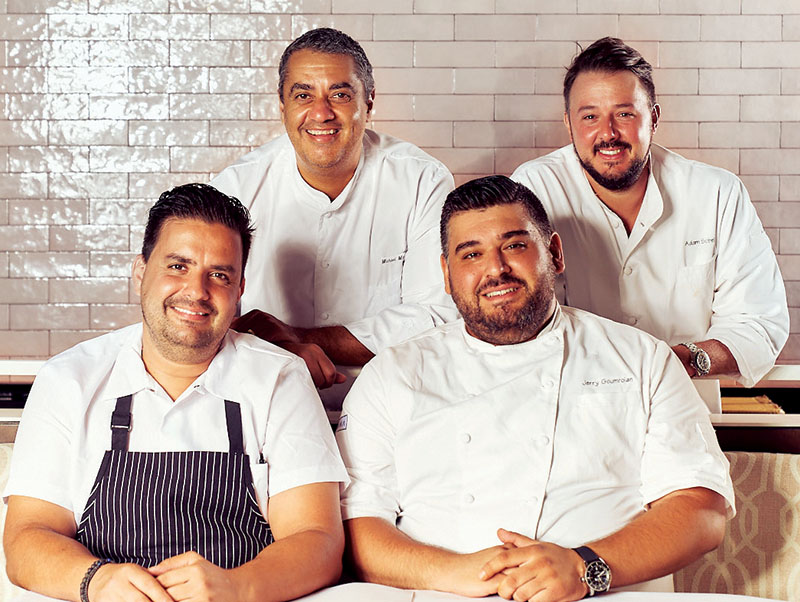 Now we’re adding more digital learning, because people are learning differently. We have a website we’ve created called recipe exchange. Every recipe from every restaurant, the wine pairings, when you drop the plate. We have 40 restaurants and 3,000 videos, and now staff can learn from home at their own pace.
Now we’re adding more digital learning, because people are learning differently. We have a website we’ve created called recipe exchange. Every recipe from every restaurant, the wine pairings, when you drop the plate. We have 40 restaurants and 3,000 videos, and now staff can learn from home at their own pace.
Q. You’ve operated at an elite, successful level for a long time. Do you think you’ve got a handle on things now?
A. I think that every day is a learning experience. Risk is risk. It’s not like the problems are going to get solved next week.
Michael Mina, 2020 to 2022
Started MINA Family Kitchen and several other virtual brands
Closed his flagship restaurant: Michael Mina San Francisco launched in 1989
Opened Estiatorio Ornos in its place, the same spot that once housed Aqua, the restaurant that launched his fame as executive chef from 1993 to 2002
Opened The Bungalow Kitchen by Michael Mina outside of San Francisco Added another location of Bourbon Steak, this time in his home state of Washington
Launching Mother Tongue later this year in Los Angeles


